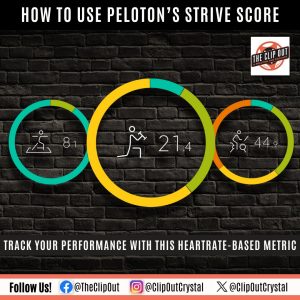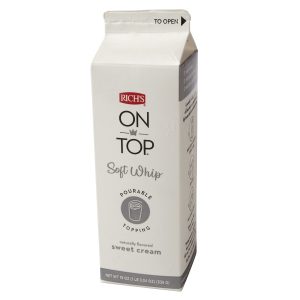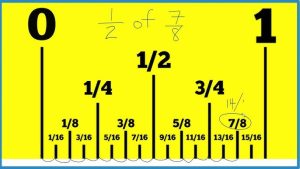Transforming Interiors with the Timeless Appeal of Engineered Wood Flooring

Flooring isn’t just the surface you walk on. It sets the rhythm of a room, affects how light plays across walls, even changes how people feel when they enter. For decades hardwood carried the crown—classic, dependable, a mark of tradition. Yet homes today behave differently. They’re heated from beneath, filled with shifting humidity, opened up into large connected spaces. Solid planks struggle with that. Engineered wood flooring didn’t appear by accident—it was designed to solve those issues. Not as a cheap stand-in, but as an answer.
Why Construction Changes Everything
Calling it “layered wood” sounds too simple. The top is indeed hardwood—oak, walnut, maple, whatever you choose. But it’s the base that makes the magic. Plywood or fiberboard sheets, stacked with grains running in opposite directions. Like weaving. That cross pattern neutralizes the tendency of wood to warp or twist when the air changes.
Here’s where it gets interesting: that hidden structure makes wide planks possible. Solid wide boards, beautiful as they look, almost always move over time—cupping, gapping, buckling. Engineered ones stay flat. That’s why modern homes with open living rooms and big glass walls rely on them. A detail invisible at first glance, but critical to long-term performance.
More Than Just “Wood Choices”
Most people stop at species—oak versus maple. But the conversation runs deeper. Finishes matter. A brushed oak, rough under the fingers, disguises scratches far better than a glossy surface. Smoked finishes change tone throughout the veneer, not just on top, so the color ages gracefully.
Plank width shifts perception too. A wide six-inch plank makes a space calmer, less busy. Narrow boards give movement, almost like a repeating pattern, perfect for tighter rooms. These aren’t surface-level options; they’re design tools. They change how a room feels in ways people notice even if they can’t explain why.
Durability: Looking Past the Sales Pitch
You’ll hear the phrase “lasts a lifetime” often. It’s not always true. Durability depends on veneer thickness. A 1-millimeter top layer can’t be sanded more than once, if at all. A 6-millimeter veneer? That can be refinished several times, pushing the floor close to solid wood’s lifespan.
This is a detail worth slowing down for. Two floors might look identical in a store. One will survive decades of wear, the other won’t. Longevity hides in numbers most buyers don’t check. And those numbers matter far more than the sample’s surface shine.
The Installation Edge
Another point often overlooked: where it can go. Solid hardwood hates basements, concrete subfloors, or radiant heating. Engineered boards? They thrive there. Some lock together and float. Others glue down. Still others staple into place. The flexibility opens up spaces solid wood could never touch.
And then there’s sound. In apartments or townhouses, footsteps echo. The right underlay beneath engineered flooring softens that. It reduces noise transfer between levels. A practical detail people only appreciate once they’ve lived with the wrong setup.
Maintenance Without the Illusions
Wood gets a reputation for fragility. But engineered floors are tougher than many assume. Routine sweeping. Occasional damp mopping with a safe cleaner. That’s about it. Spills need attention, yes, and heavy furniture still needs pads. But finishes today are leagues ahead of older versions.
Some even include UV-cured coatings that slow fading in light woods. That’s not just marketing fluff—it means a pale maple floor stays bright rather than yellowing. For homes designed around light tones, it keeps the atmosphere intact for years.
The Sustainability Angle
Here’s the bigger picture. Solid planks demand large amounts of hardwood. Engineered flooring doesn’t. By using a thin veneer with layered cores, it stretches resources further. Less oak per plank, less walnut, less of the slow-growing species that forests struggle to replace.
But sustainability isn’t automatic. Labels matter—FSC, PEFC—signals that wood comes from responsibly managed forests. Without them, claims are hollow. The floor in your living room connects back to landscapes thousands of miles away. The chain of responsibility shouldn’t be invisible.
A Long-Term Perspective
In the end, flooring isn’t a decision about next year. It’s about the next twenty, thirty, even forty. How does a material hold under constant footsteps? Under sunlight? Under spilled drinks and dragged chairs? Engineered wood isn’t flawless. But it’s clever. And clever holds up.
It’s not simply a trend. It’s a practical answer to modern living. One that blends beauty with stability. And for many homes, that balance matters more than anything else.
In conclusion, engineered wood flooring is more than a surface. It’s a foundation—an intelligent compromise between tradition and technology. A floor that knows how homes really live.









